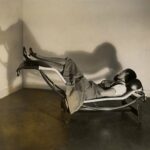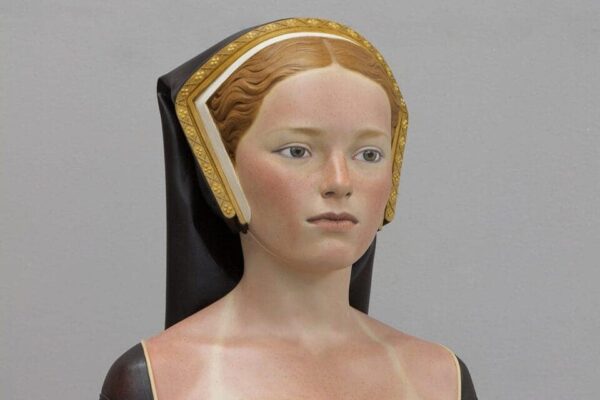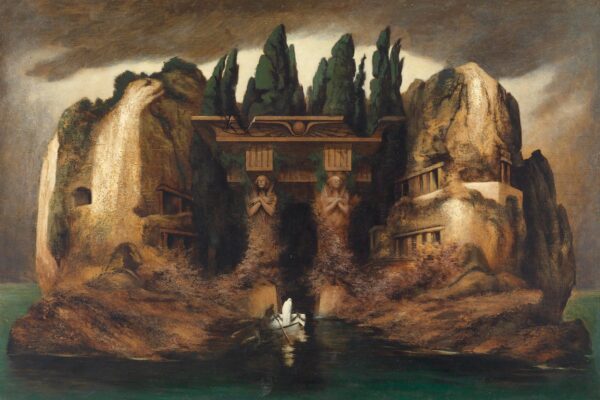1. This penthouse by Le Corbusier in 1920s Paris
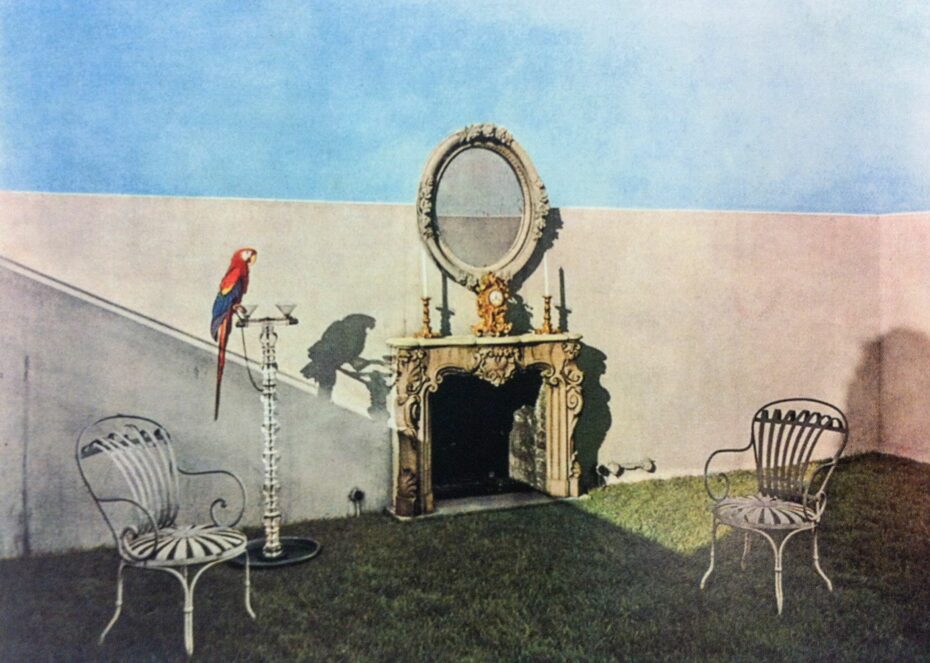

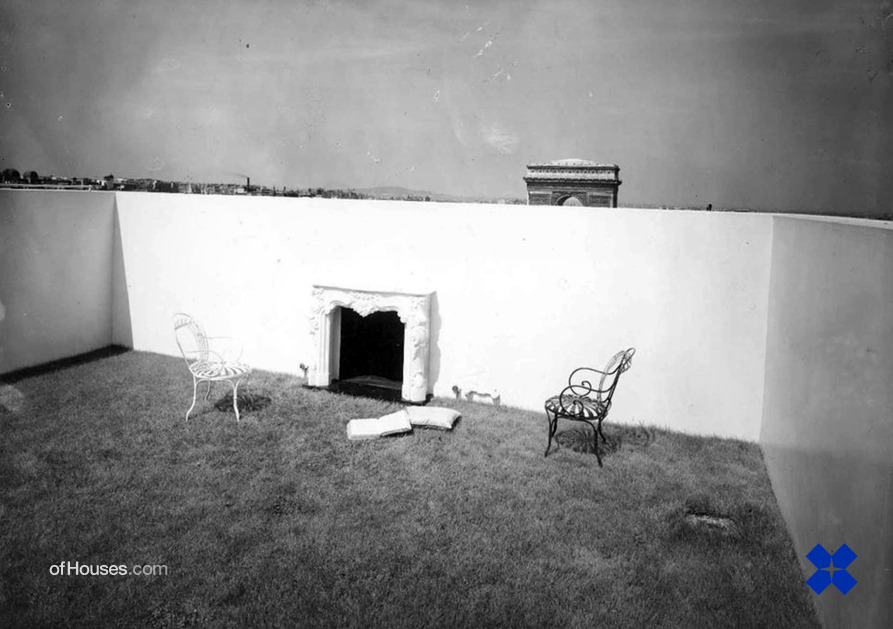
During the Parisian annèes folles, he [Carlos de Beistegui] selected Le Corbusier and Pierre Jeanneret to design a machine à amuser, a penthouse on the Champs-Élysées dedicated entirely to entertaining and hosting crazy Parisian parties typical of those years, characterized by a brilliant and festive atmosphere of cultural and social frenzy in response to the tragic deprivations that Europe had suffered following the outbreak of the Great War, during an enchanted lull between 1920 and the great depression of 1929. With the space having to compete with the spacious villas of other members of the café society, it is no wonder that Beistegui asked Le Corbusier to think outside the box, elevating his concept of the architectural promenade to extremes, to reach a place where awe and marvel were the protagonist.
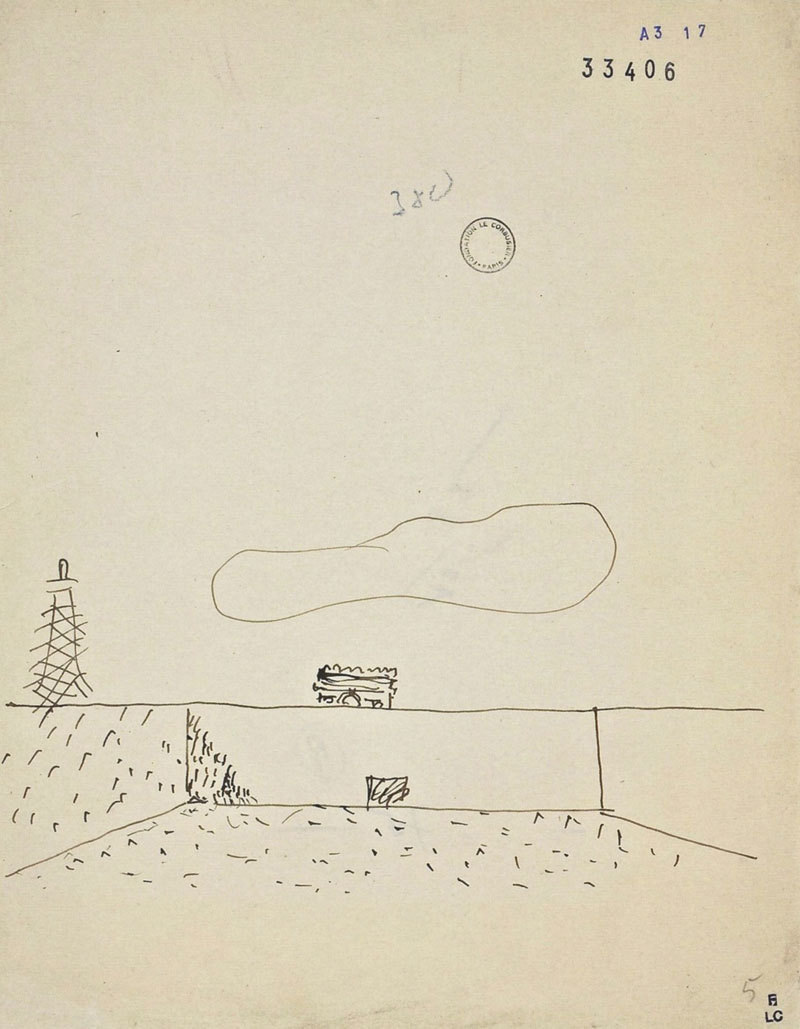
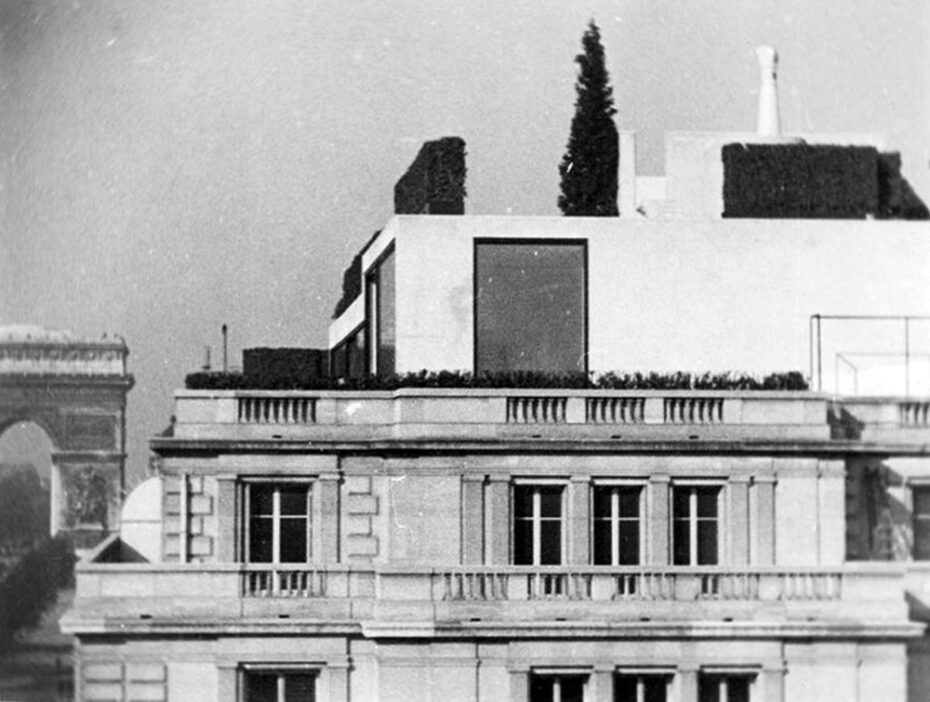
The attic, today unrecognizable, following the partial destruction following the Second World War, was configured on two main levels: the lower one intended to host the portion of a private residence, consisting of kitchen, bathroom, study, bedroom, and a portion intended for parties with living room, dining room and external terraces, and the upper one, determined by three terraces in succession with a difference in height of a few steps between them. Immediately, in the atrium of the attic, the promenade architecturale began where the guest was directed towards the living room through two rectangular skylights that marked the direction to take. Once brought here, the guest was amazed by a mobile chandelier: this, once moved, revealed the view towards the Eiffel Tower and the windows became screens for projecting the films that entertained the café society evenings.
But that was not all: it is easy to imagine at this point Beistegui gathering his guests on the terrace and pressing a button to activate the mobile mechanism of the hedges which, moving, revealed the Arc de Triomphe and the top of the Eiffel Tower…
Here it is easy to imagine Beistegui’s guests amazed by the view of the sky as they walked barefoot immersed in their thoughts, accompanied by the chirping of the parrots that Beistegui had placed here
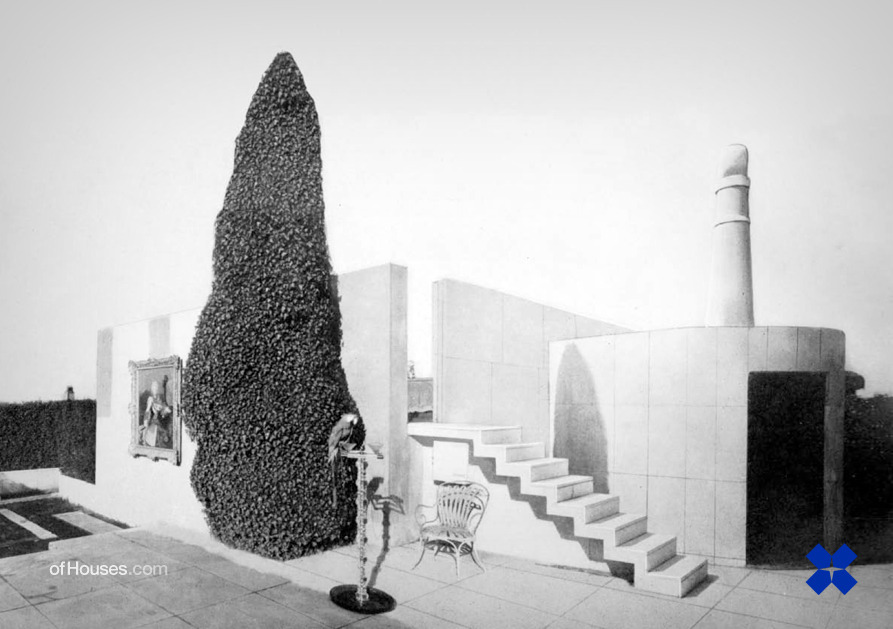
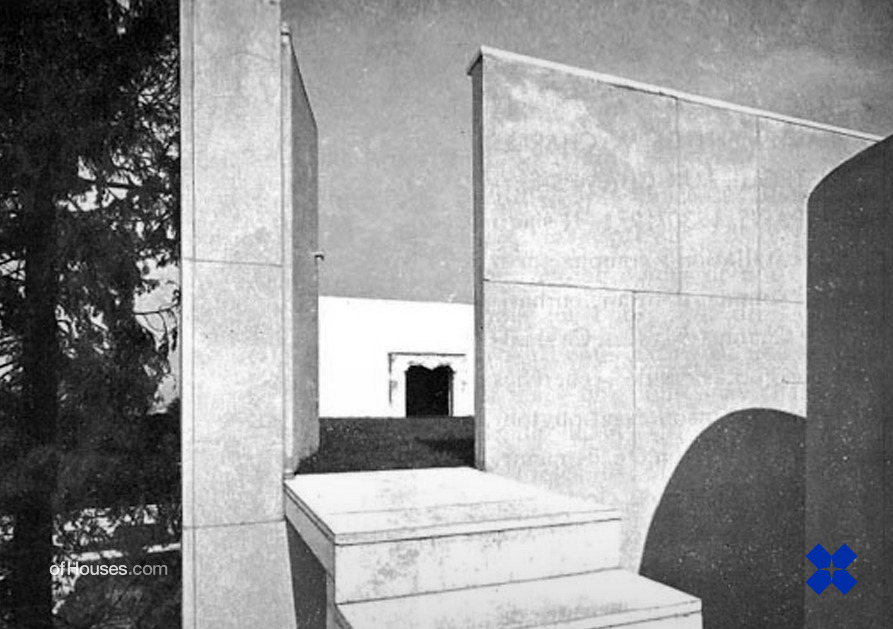
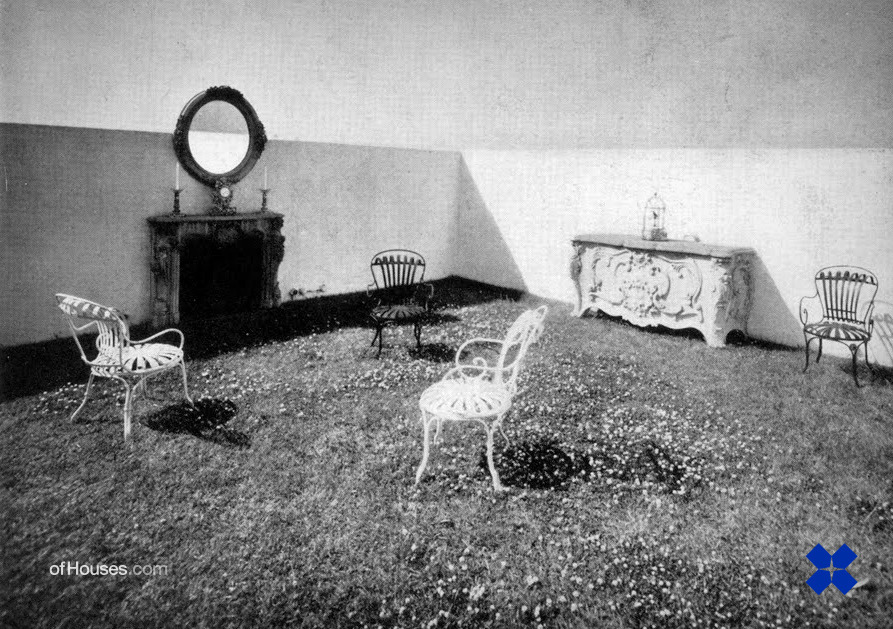
Images found via Ofhouses, text via Arkt.
2. Did some detective work on this Parisian balcony
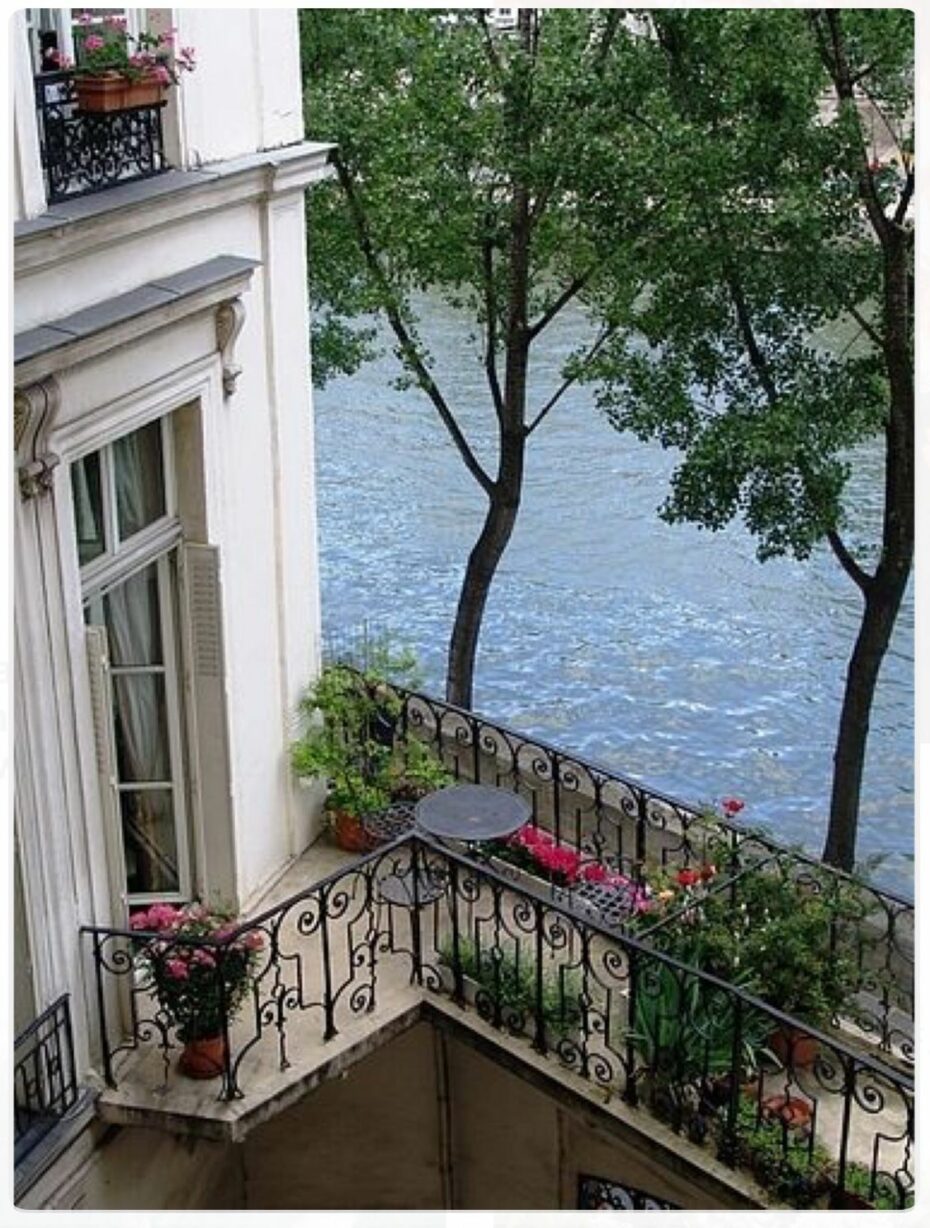
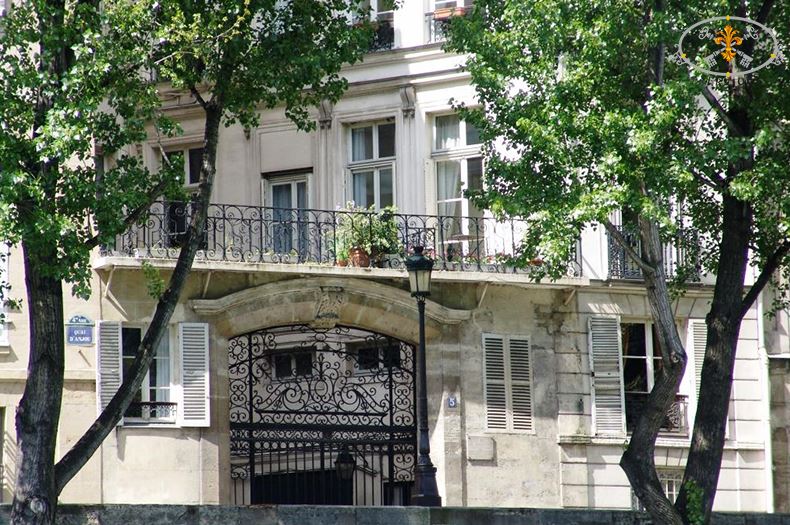
I’ve often seen this photo of a rather dreamy balcony around the internet and decided to figure out where it was. So with a bit of detective work (thanks to google reverse image searching), I managed to find it and as it happens, the apartment is actually available to rent…
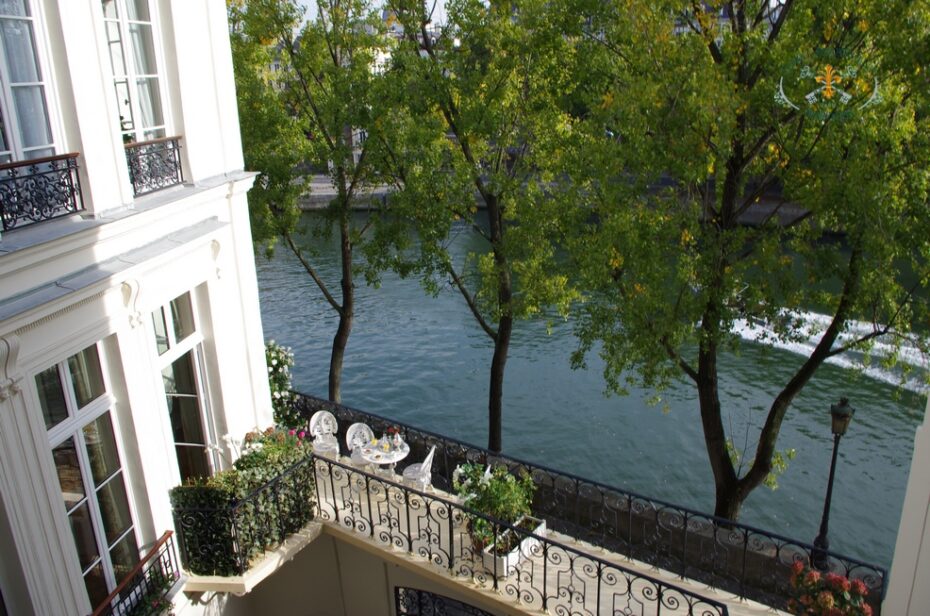
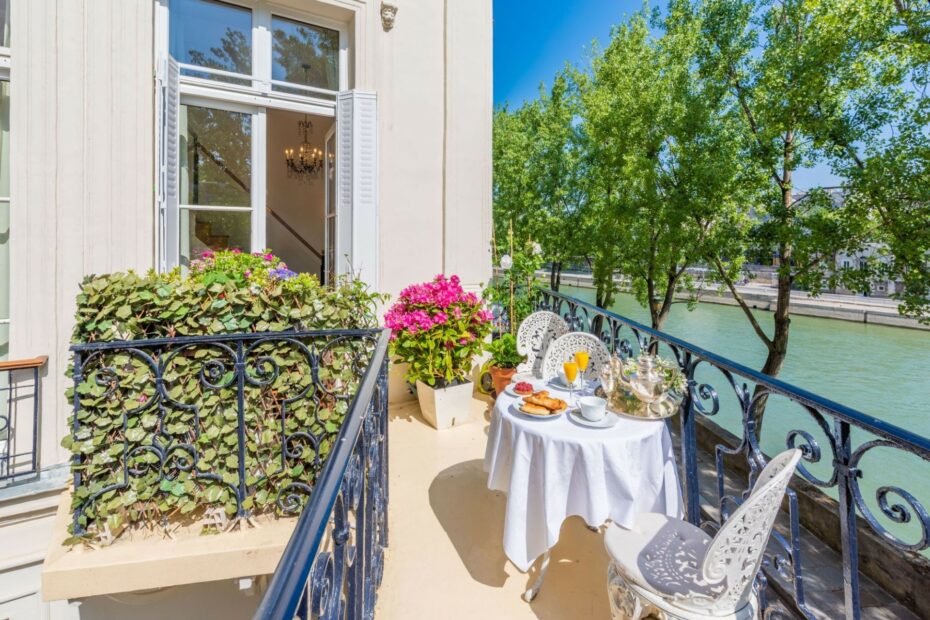
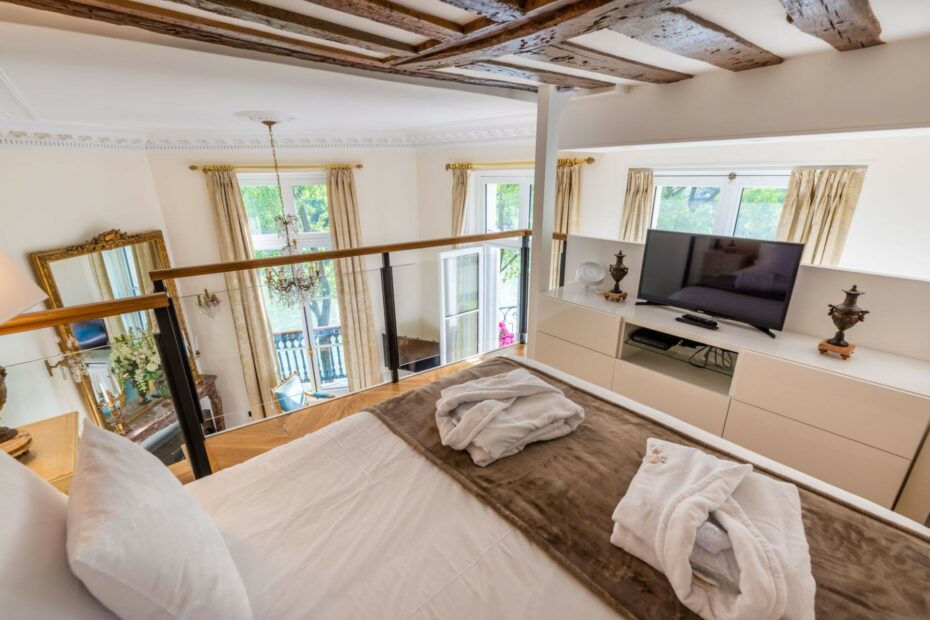
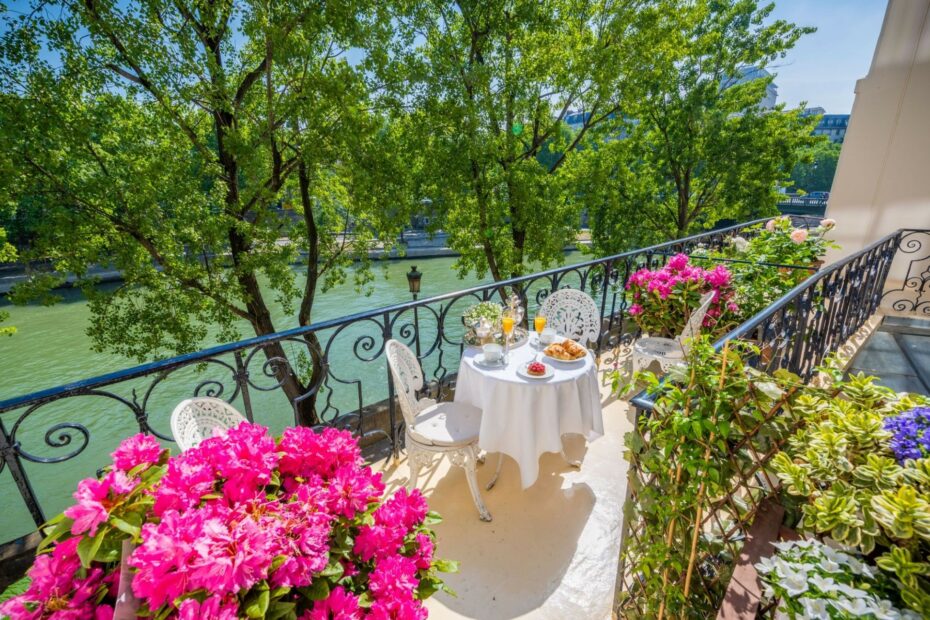
Located on the Ile Saint-Louis, in a 17th Century townhouse, the apartment is available from 245 – 350 € per night on Guest Apartment Services.
3. An interior of Casa Batlló in Barcelona, designed by Antoni Gaudi
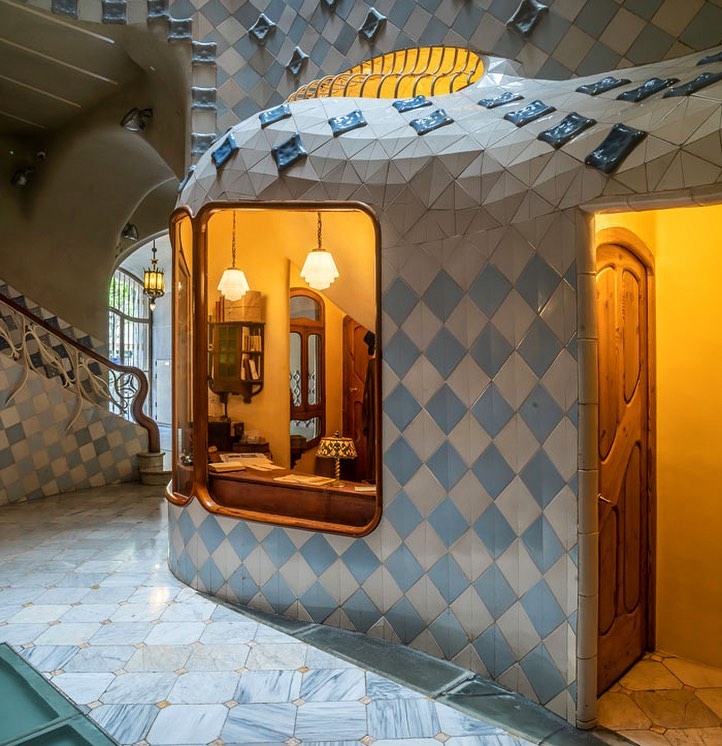
Built between 1904-1906. Visit here.
4. Travel Inspiration from Hollywood’s Golden Age
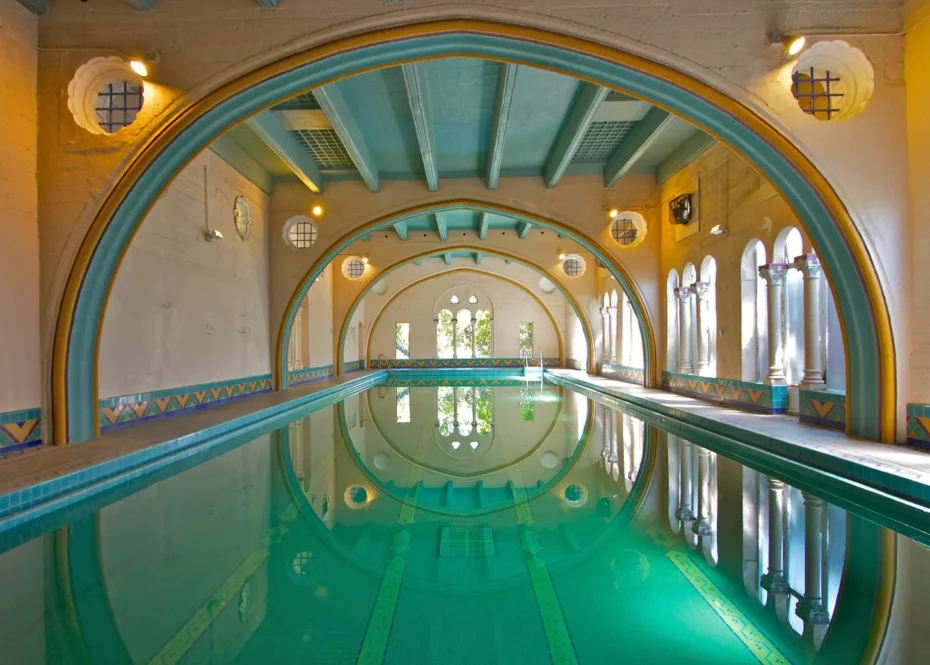
From the ultimate Frank Sinatra Travel Guide to the greatest swimming pools of classic Hollywood, this blog is a fun resource for travelling old Hollywood.
5. A Vox feature on MessyNessyChic about taking the visitor’s approach to exploring your own city!

Even the most experienced locals can find off-the-beaten-path adventures. Grall likes to scour bookstores for vintage guidebooks to see what locations still exist or what replaced certain businesses. “Go on a treasure hunt to find what’s still open,” she says. She also finds cemeteries exciting and untraditional tourist locations. Between the architecture and the names on the headstones, cemeteries can inspire curiosity. “If you take a name on a gravestone, it could really take you down the rabbit hole and you can play detective,” Grall says.
Read the full article on Vox.
6. This editorial about cheese is so delightful

Grace Dent delves into ‘the great social leveller’, cheese and what our love for this foodstuff says about us (starting at 8 minutes 8 seconds), found on The Guardian.
7. A Pen vending machine, 1950s
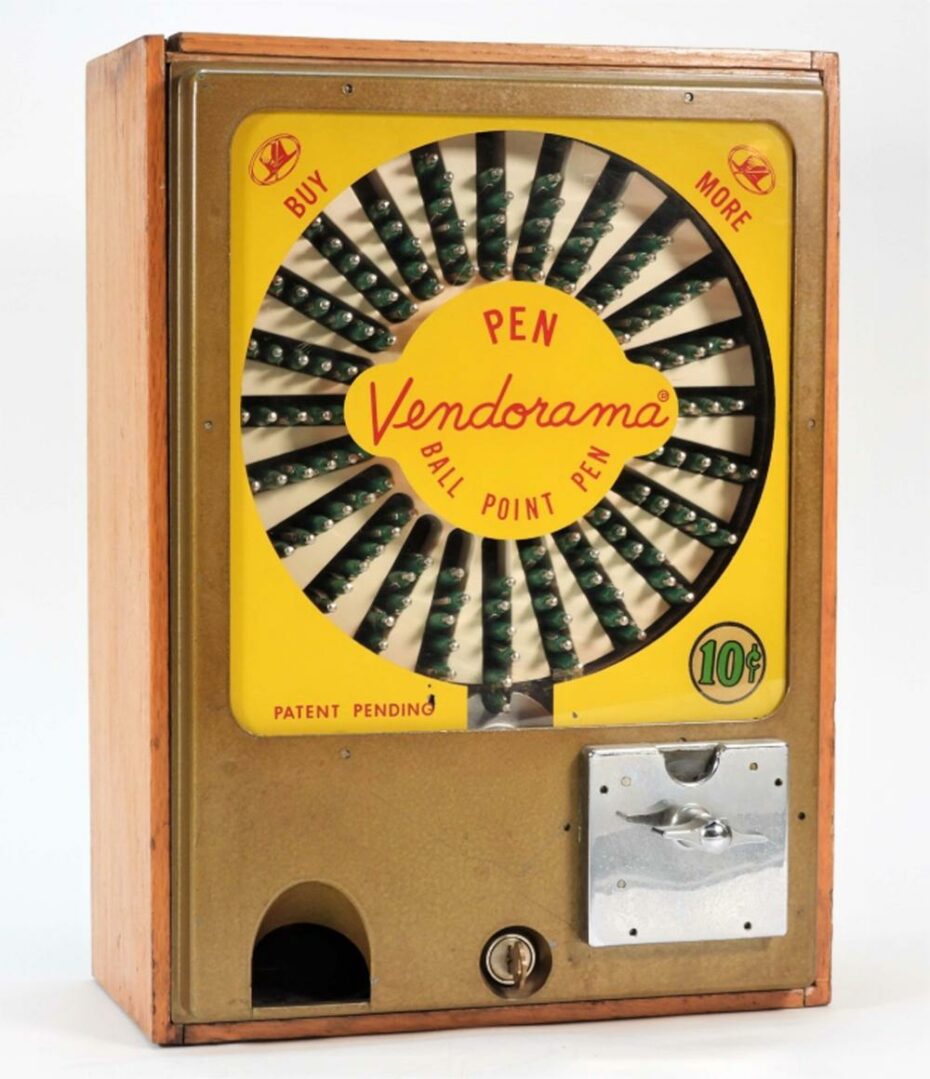
From the Pulp Librarian via Present & Correct.
8. This 18th century sculpture which took the artist seven years to finish
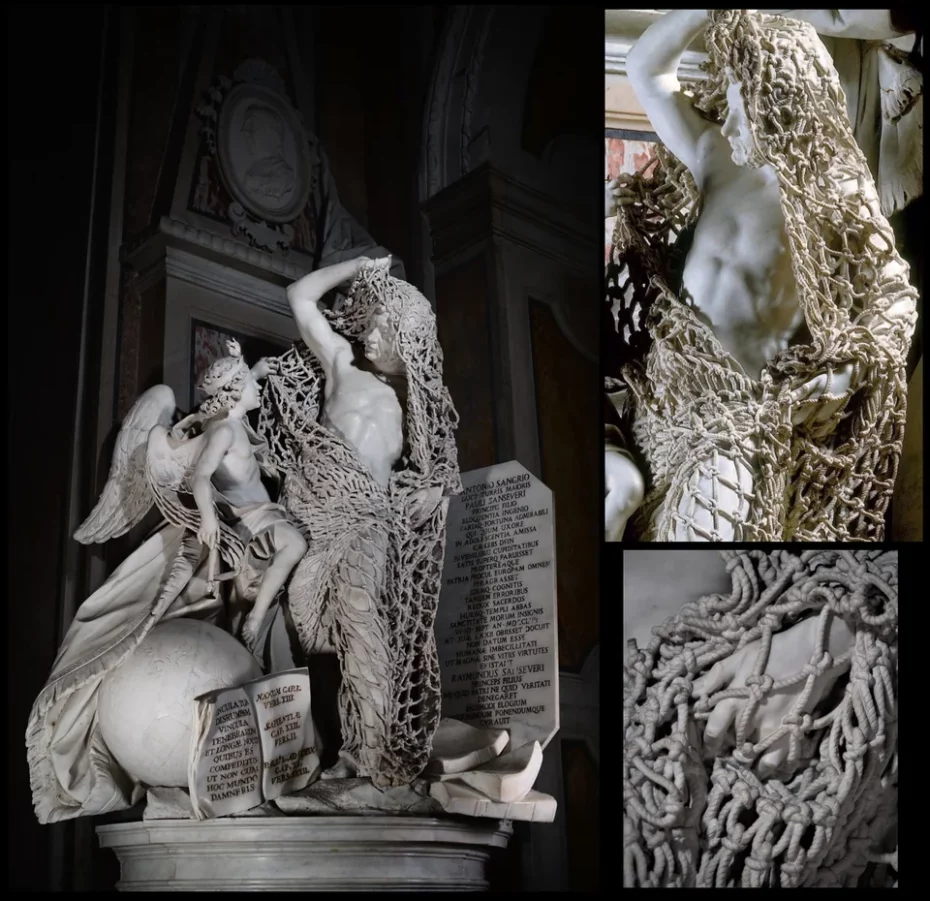
This 18th century sculpture called Disillusion, which includes an intricate net carved from a single block of marble, was created by Francesco Queirolo without assistance, since no apprentice would touch it for fear of the delicate net crumbling in their hands. It took him seven years.
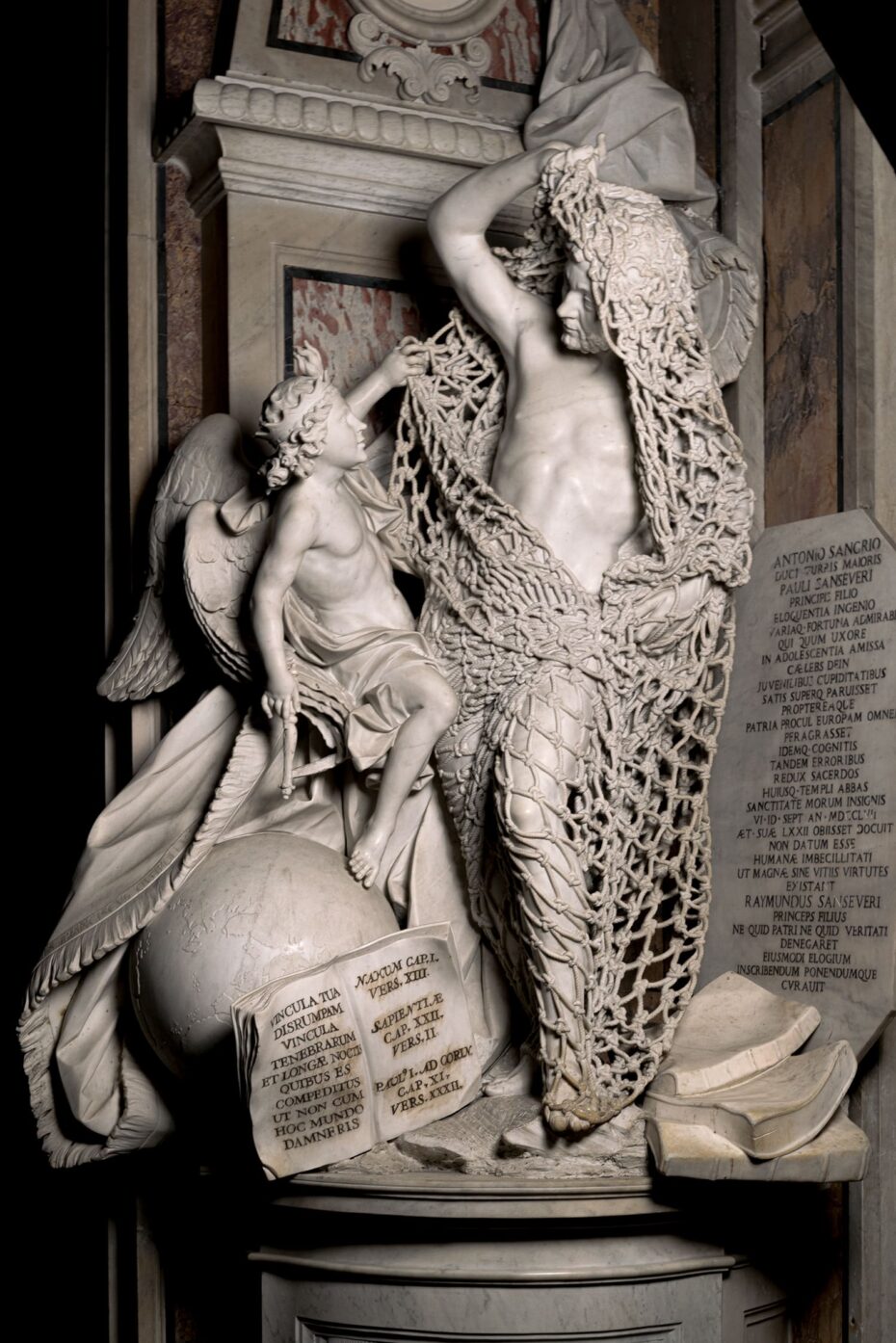
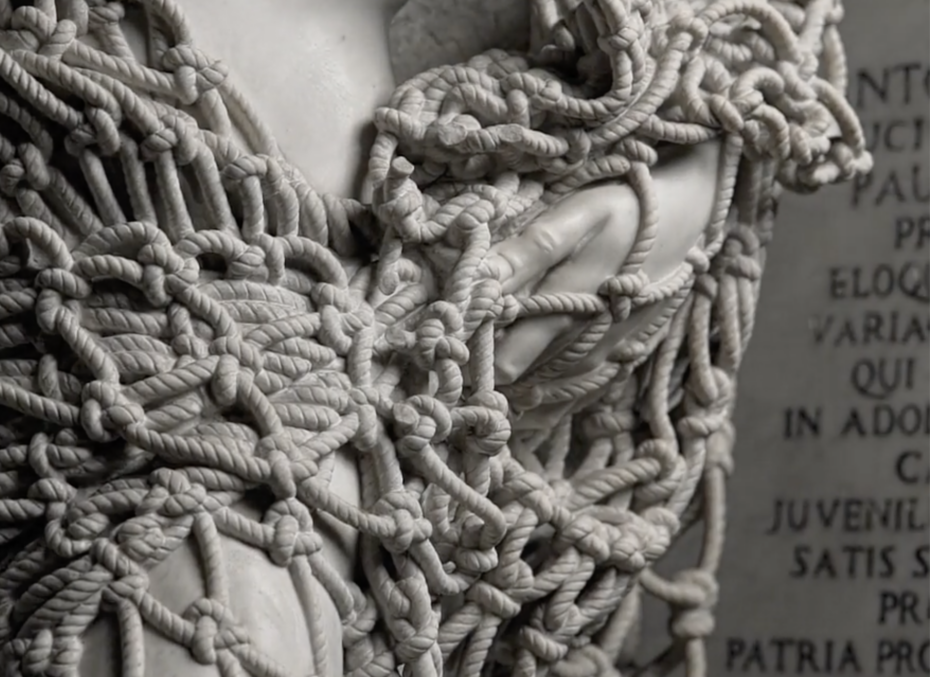
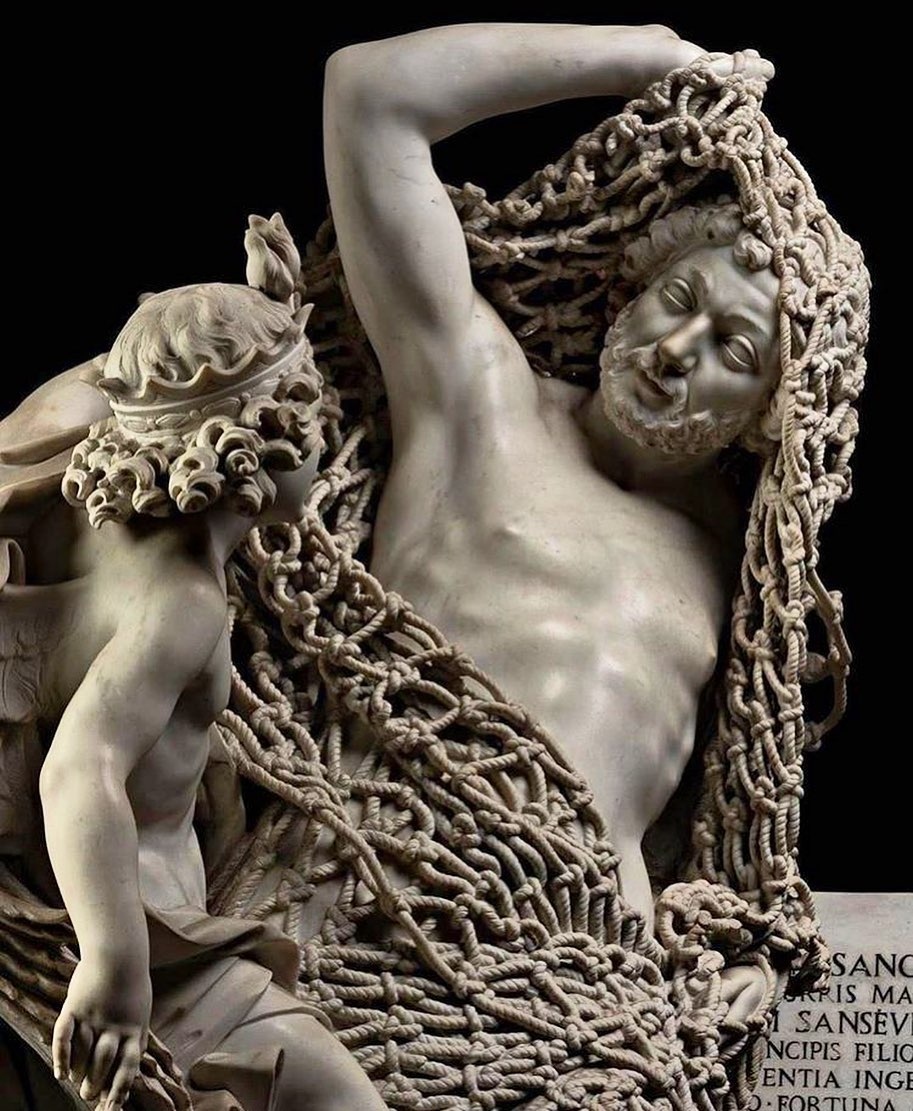
9. Samples of printed cotton textiles taken from a sample book ca.1820–50.
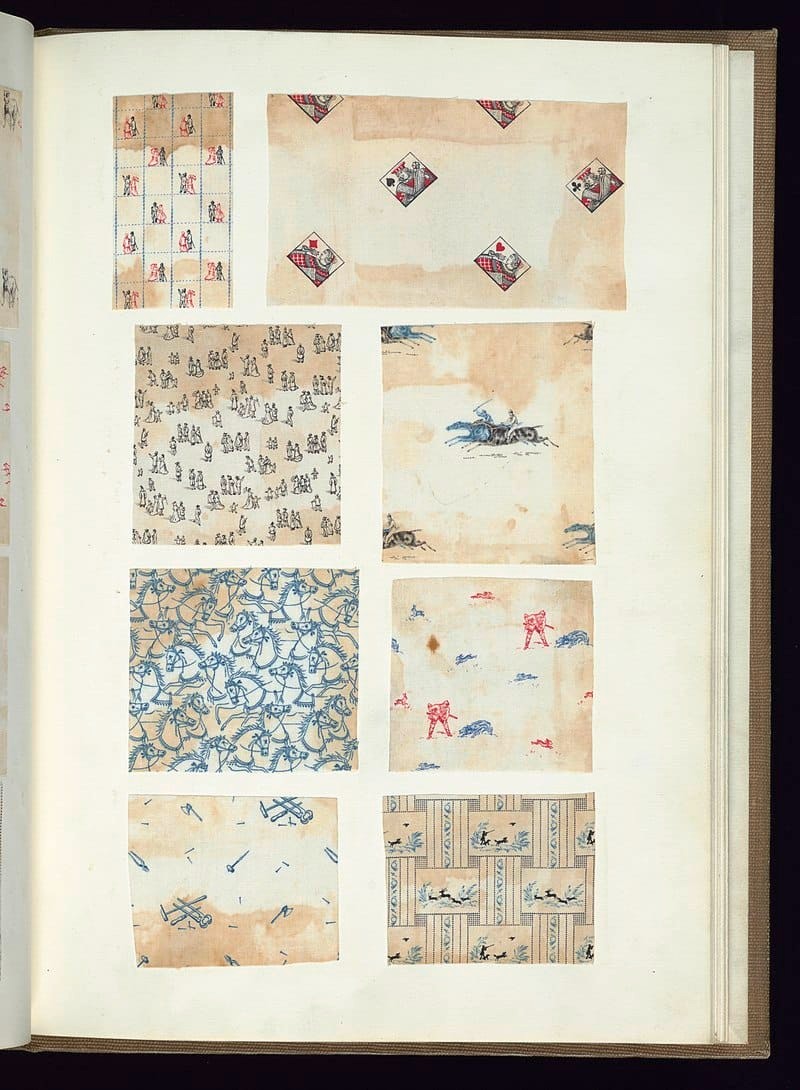
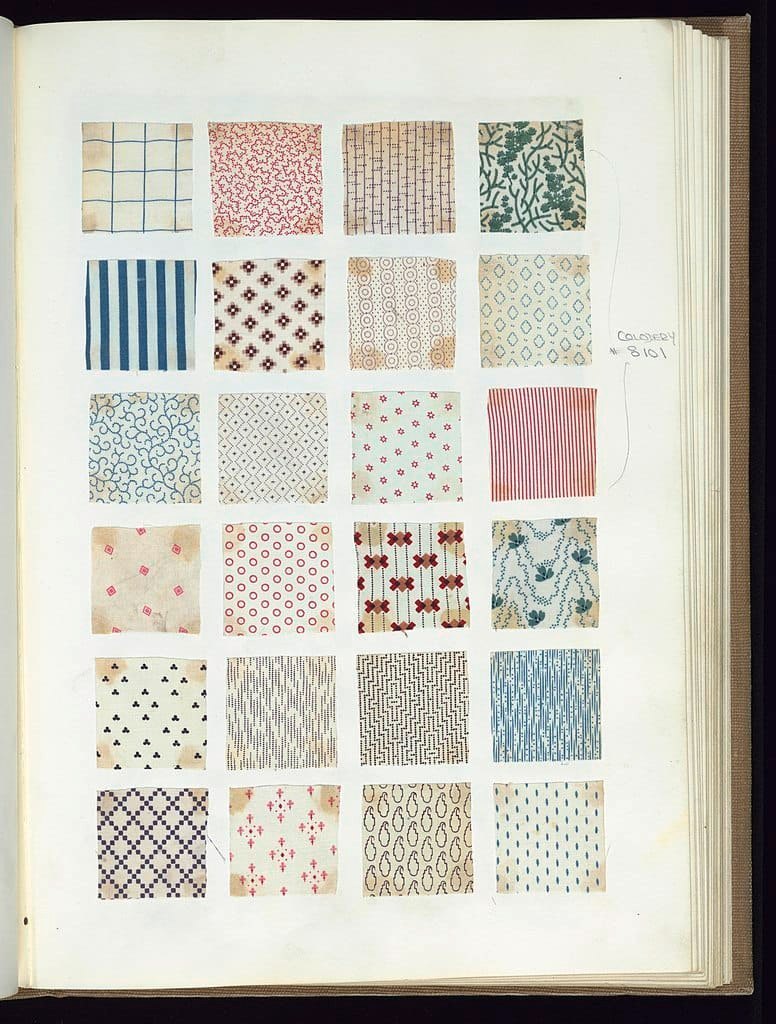
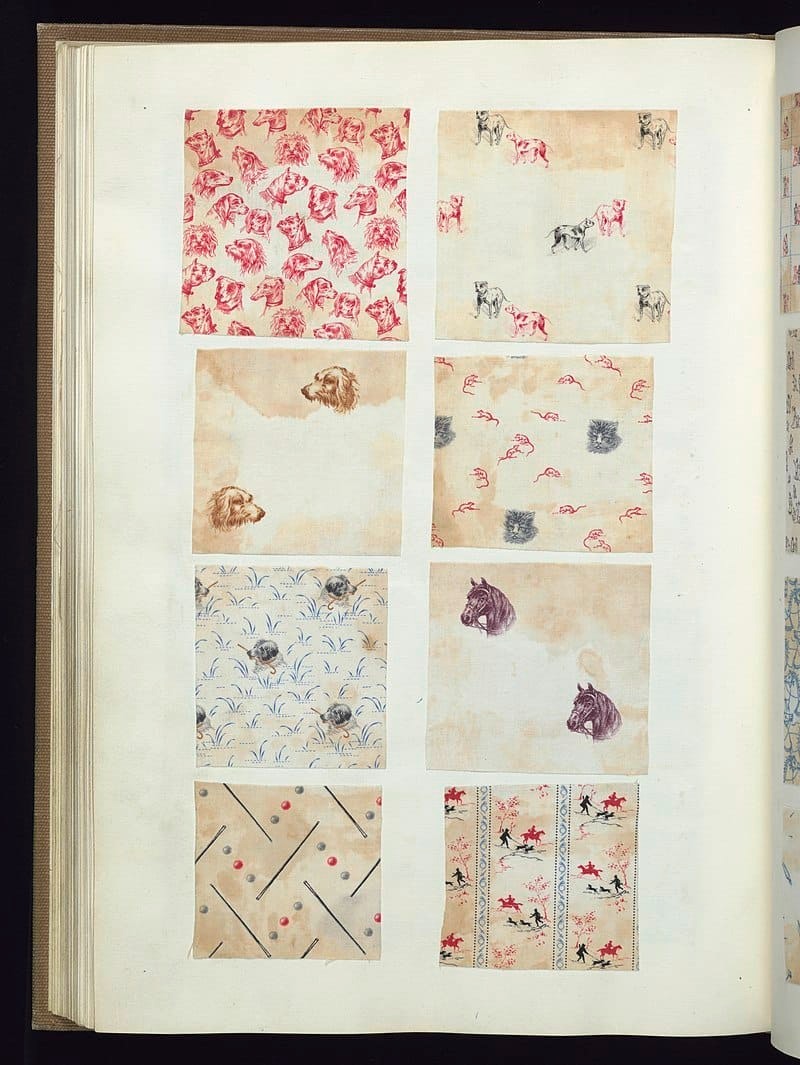
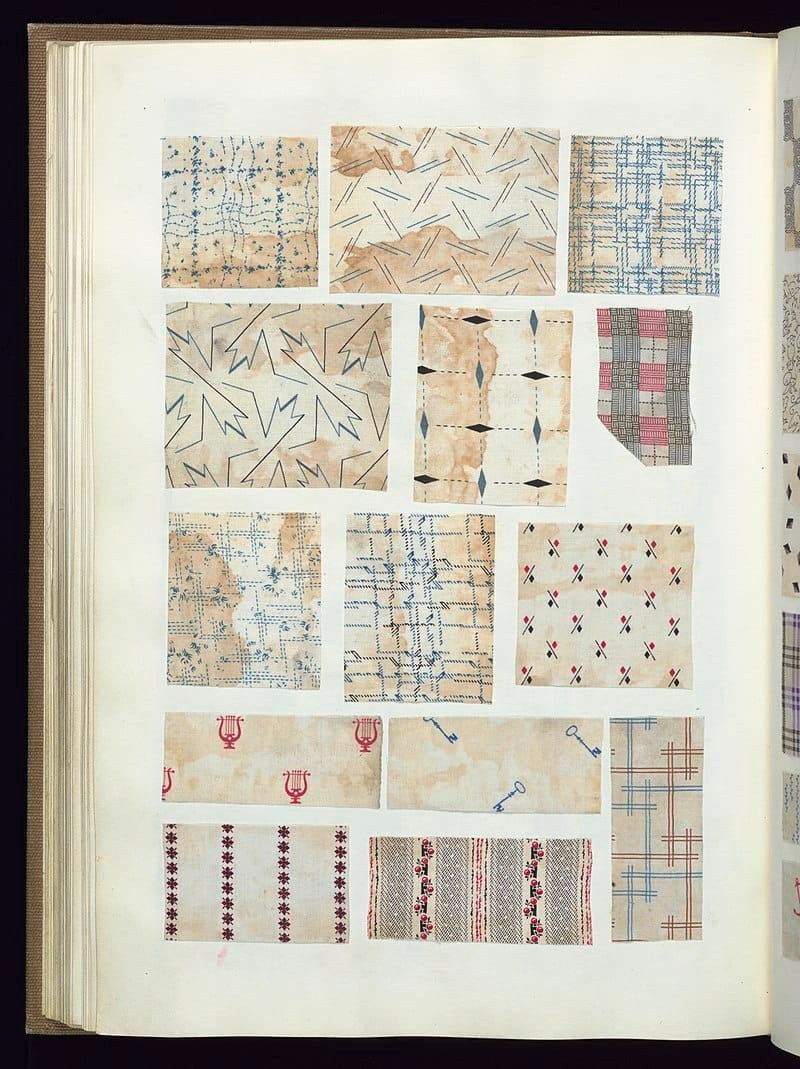
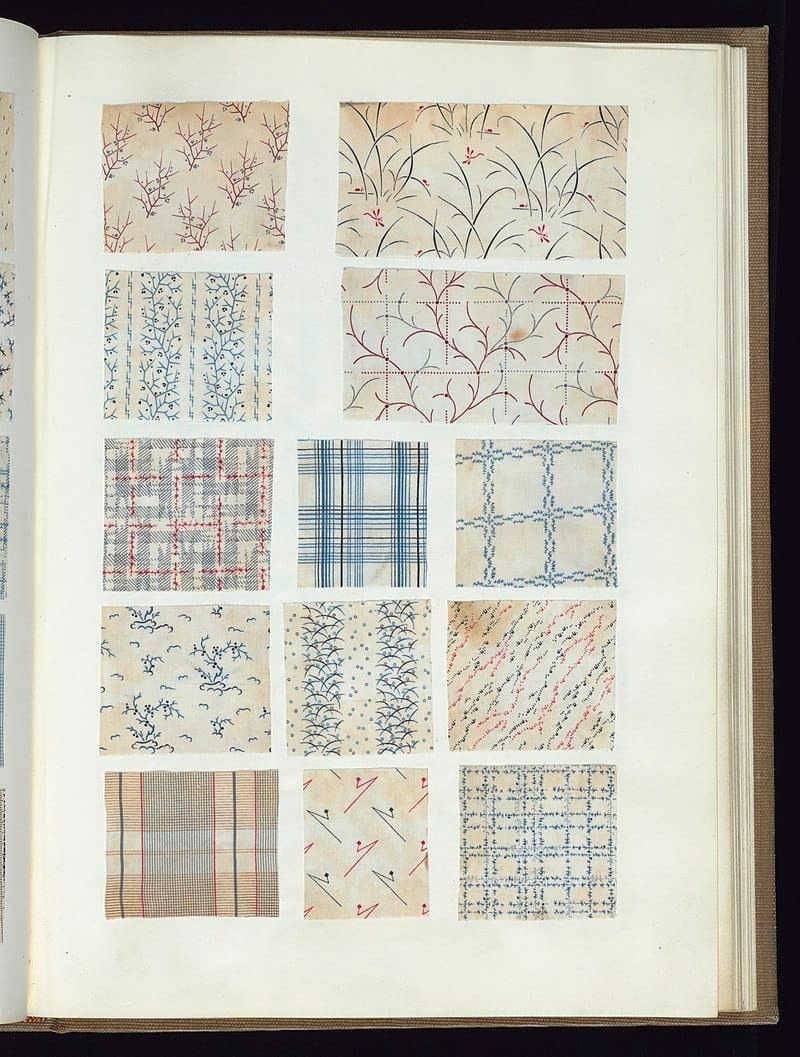

United Kingdom, ca.1820–50. -Via Cooper Hewitt, Smithsonian Design Museum, found on
Found on Treasure Trove of Vintage Pleasures.
10. Yuzen-dyed silks hang from drying racks after having been dyed and dipped into the Kamo River, Kyoto, Japan, 1961

Found on Tumblr.
11. The Mascot Of Ascot: Gertrude Shilling
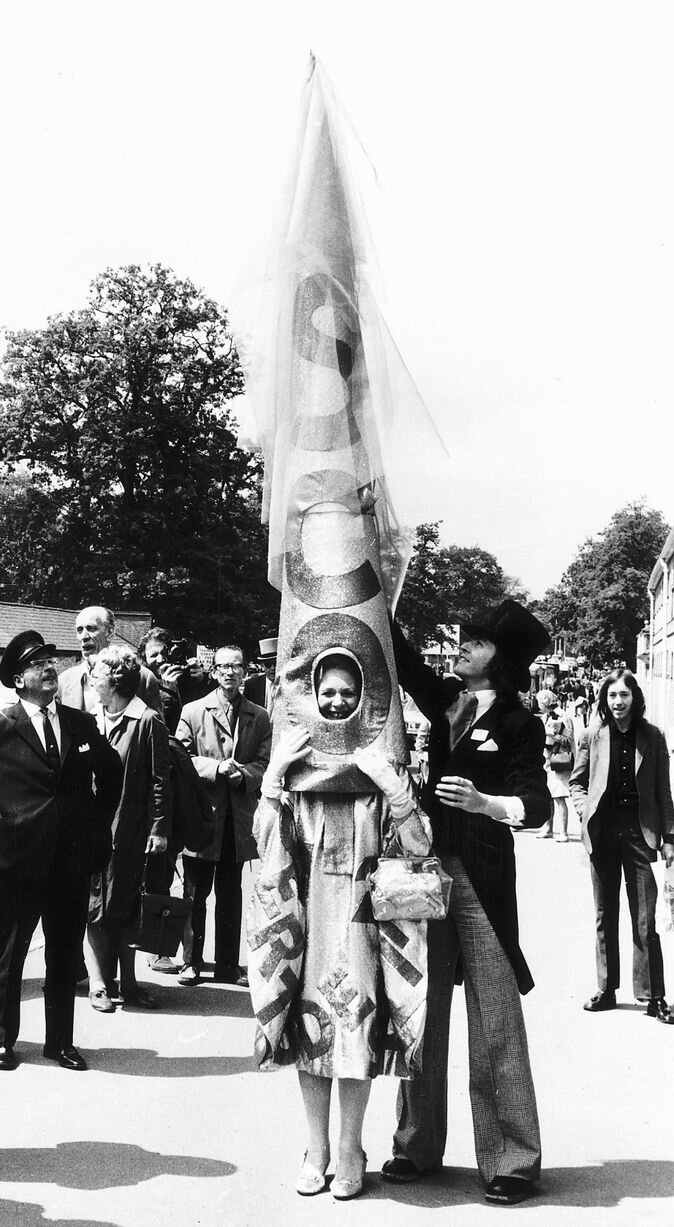
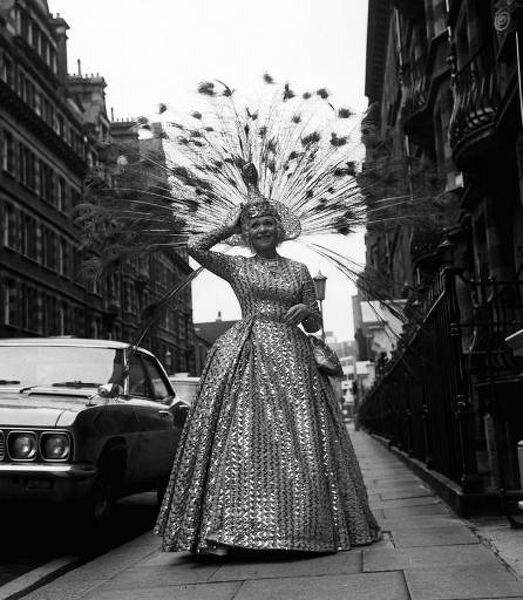
Considered now to be one of the greatest milliners and hat-makers in the world, the hats David [Shilling] designed for Gertrude Shilling to be worn at Royal Ascot in the 60s, 70s, 80s+ were anywhere from over the top, to avant garde, to just plain insane!
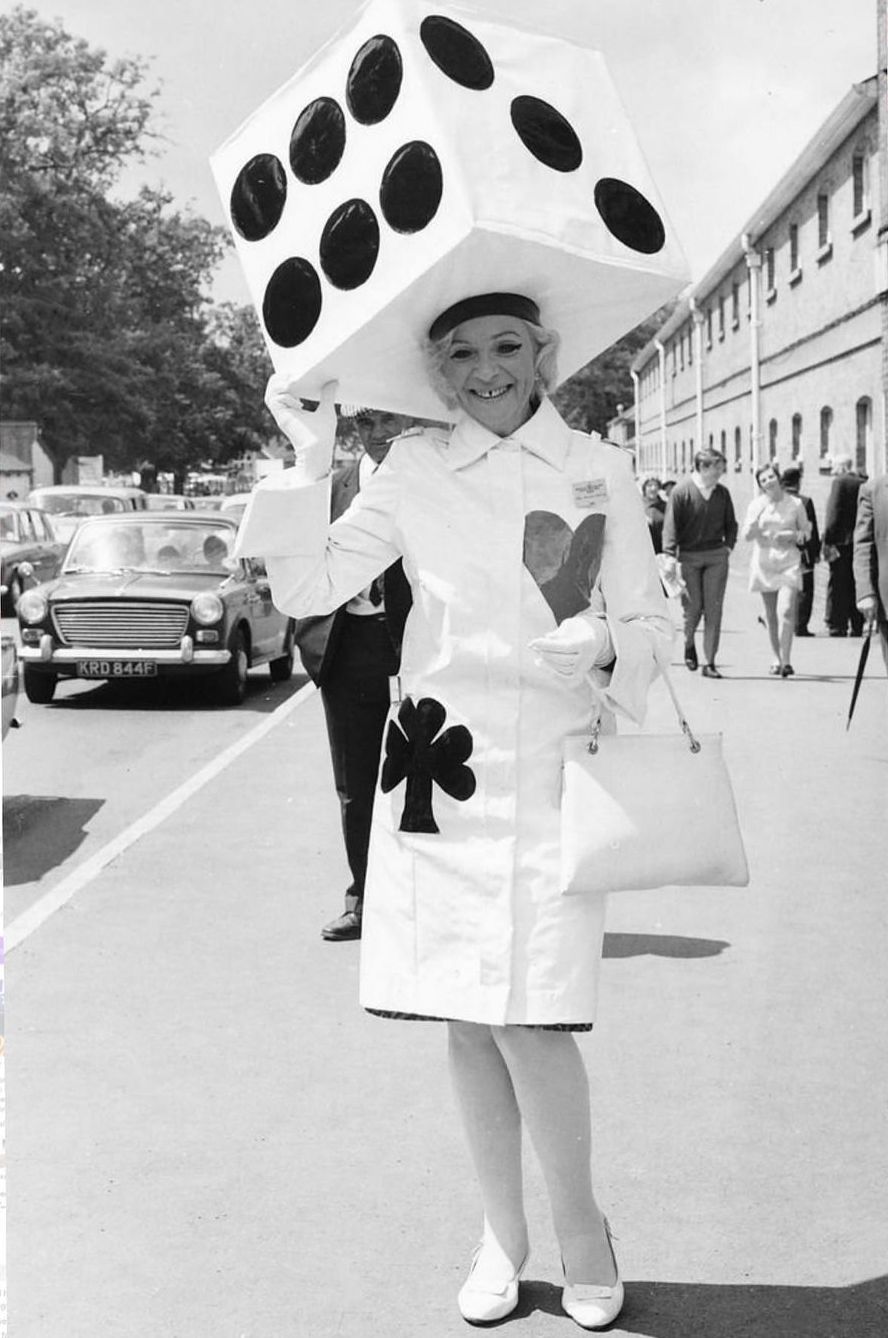
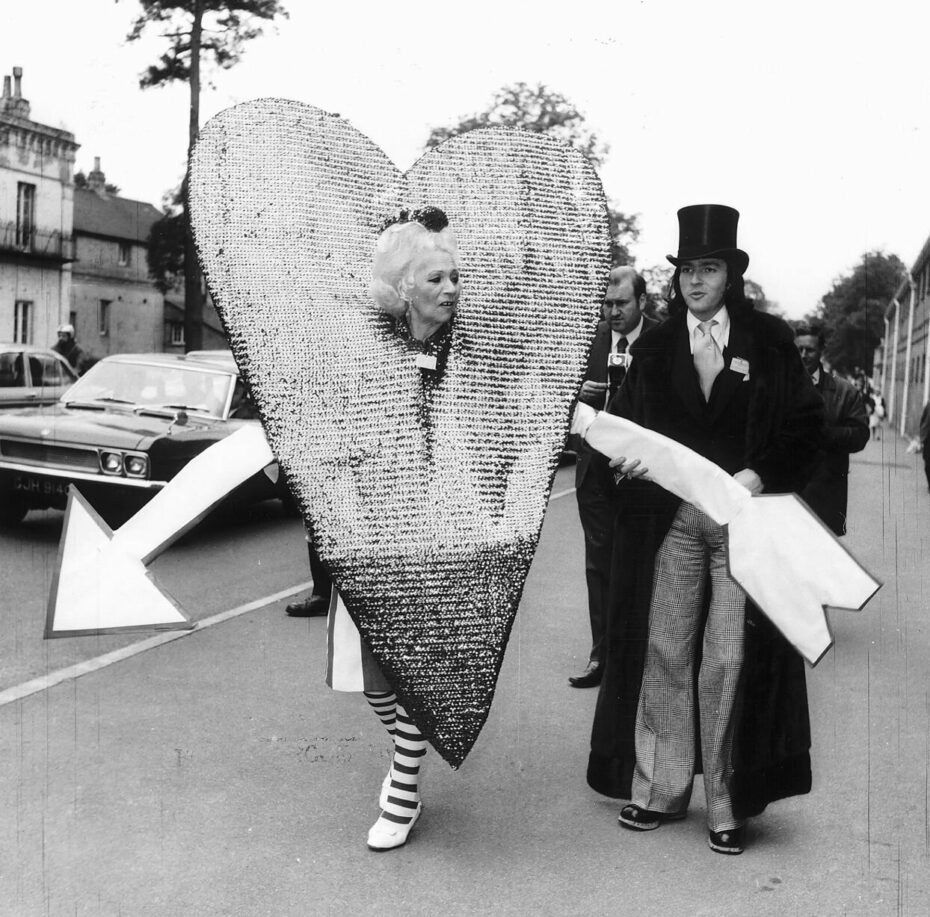
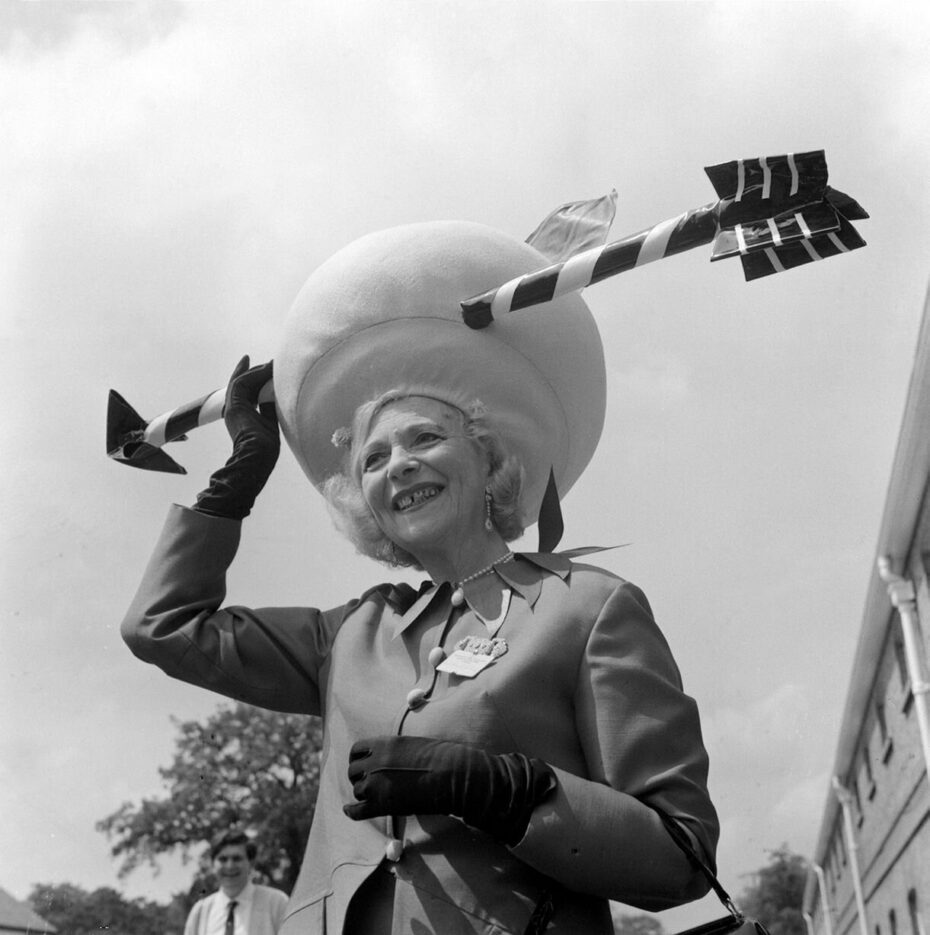
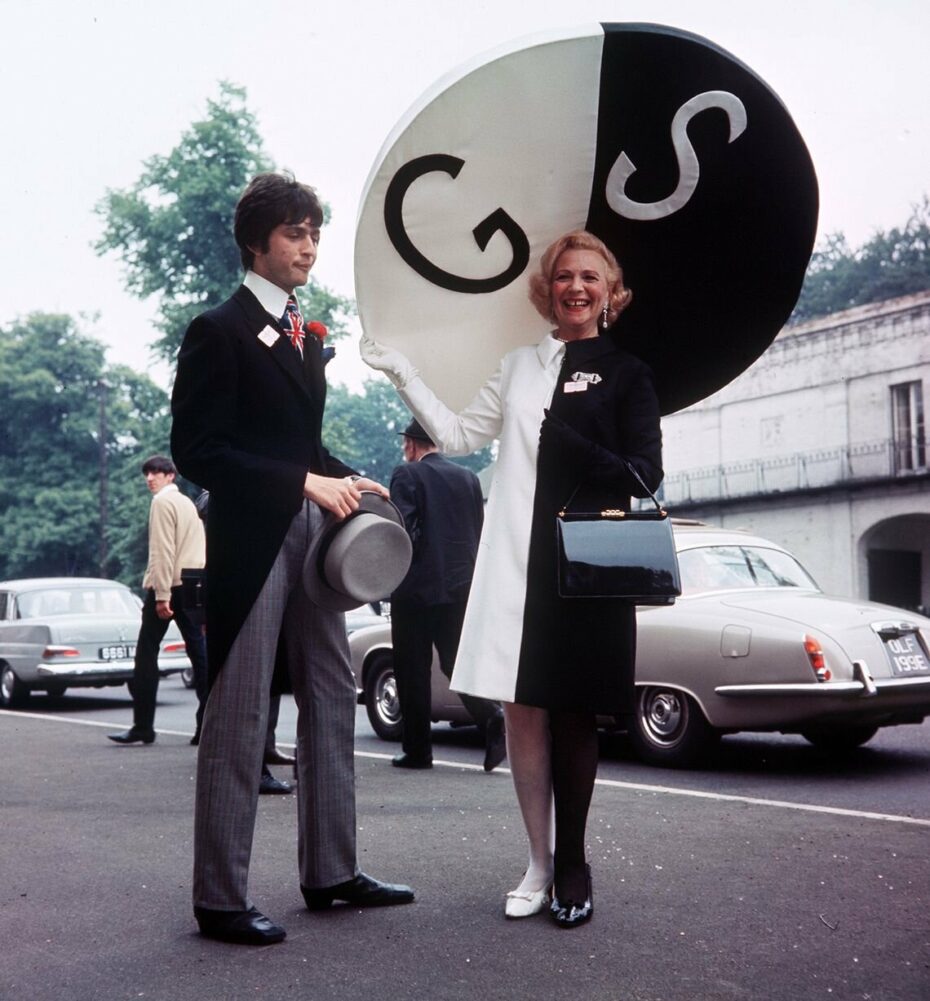
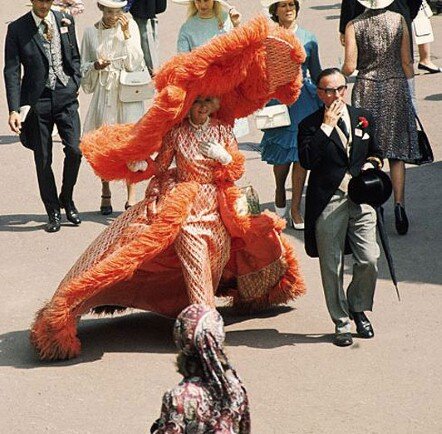
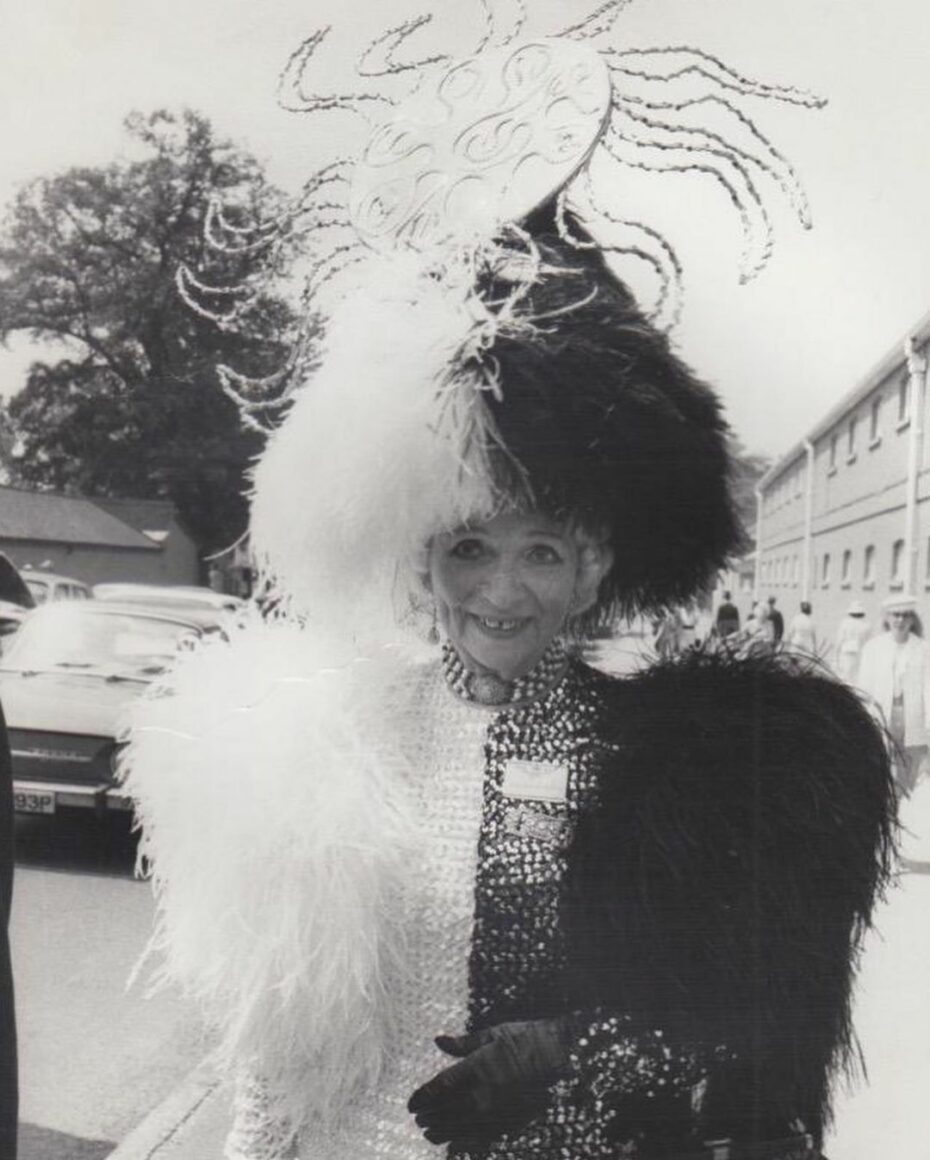
Found on Firefly + Finch.
12. Portrait of two young men dressed up as chinelos for carnival in Tepoztlán, Mexico, 1951
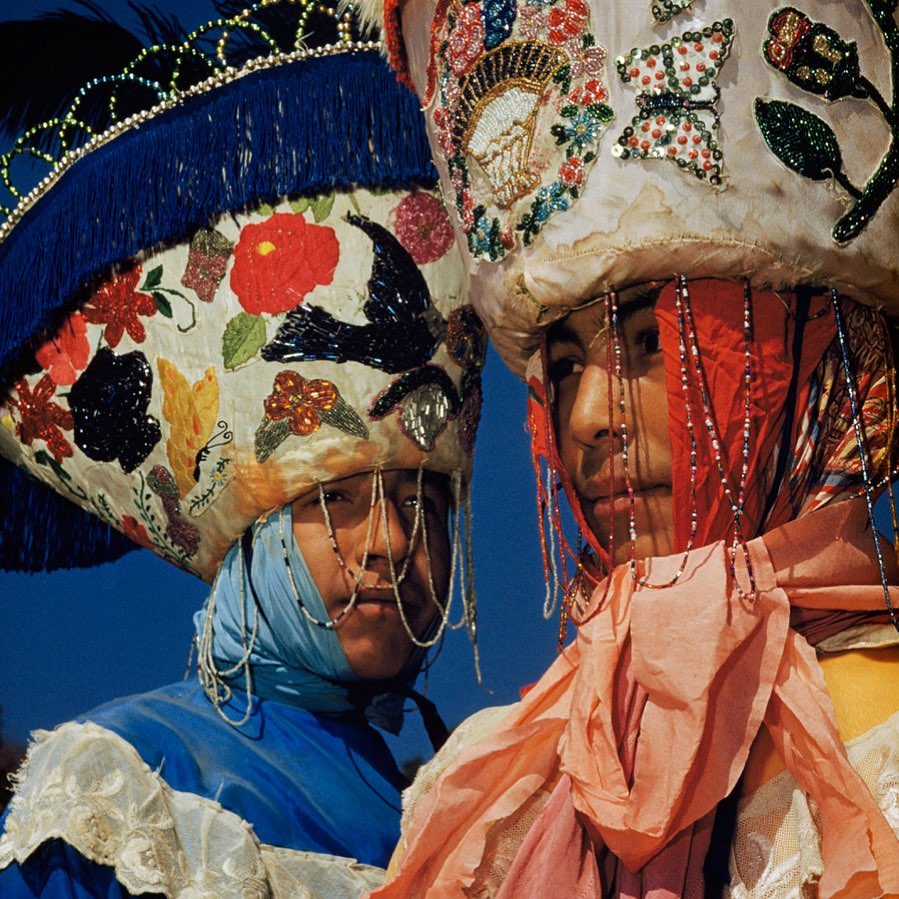
The word “chinelos” is derived from the Nahuatl word “zineloquie” which means “disguised.”[1] The dance is one of many to develop after the Spanish conquest as native traditions and rites blended into Christian festivals.
Photographed by Justin Locke for National Geographic.




